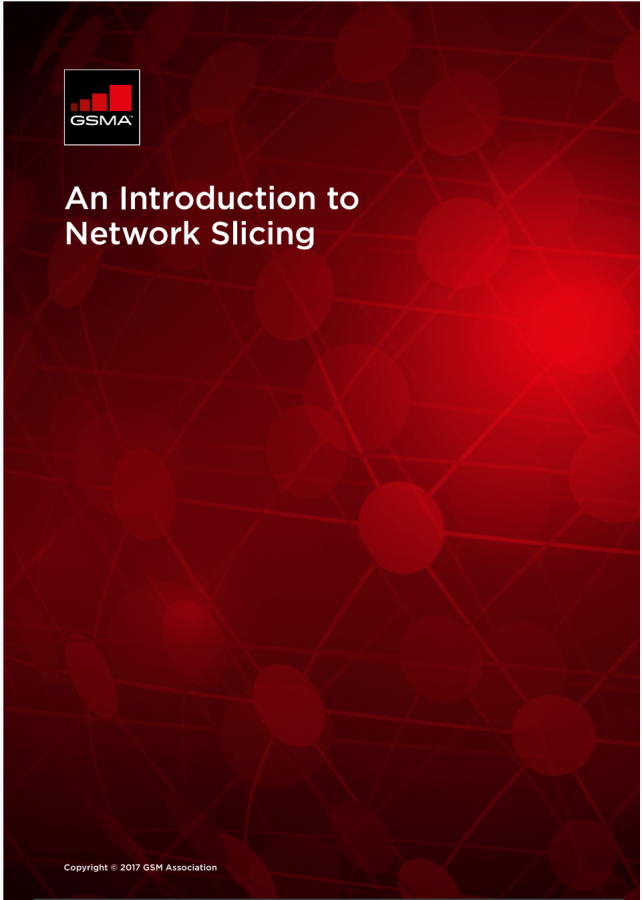An Introduction to Network Slicing
The purpose of this document is to provide an introduction to network slicing functionality, showing how it can be utilised by business customers to help digitise and mobilise their operations, to expand their current business, or to improve their current business processes.
We first define network slicing from the point of view of business customers. Subsequently, we discuss examples of characteristics and features offered by a network slice, giving business customers an initial idea how mobile network services can be customised through network slices to serve their individual requirements. We have provided a set of use cases to illustrate what network slicing can do for business customers. Throughout this document, we will make reference to business customers as the users of 5G services. Business customers are comprised of enterprises, specialised industries (often referred to as “verticals”), as well as individual consumers.
Communication technology has been a catalyst to the digitalisation of society, and a significant contributor to Gross Domestic Product (GDP) growth across the world. Looking into the future there is no reason to doubt that mobile communications will continue to develop, reaching segments of the industry such as automotive, manufacturing, logistics, energy, as well as sectors such as financial, healthcare and others that are not currently fully exploiting the potential of mobile services. The sub-optimal use of the mobile network is due to the diversity, and even conflicting, communications requirements of such businesses. One business customer, for example, may require ultra-reliable services, whereas other business customers may need ultra-high-bandwidth communication or extremely low latency. The 5Gnetwork needs to be designed to be able to offer different mix of capabilities to meet all these diverse requirements at the same time.
